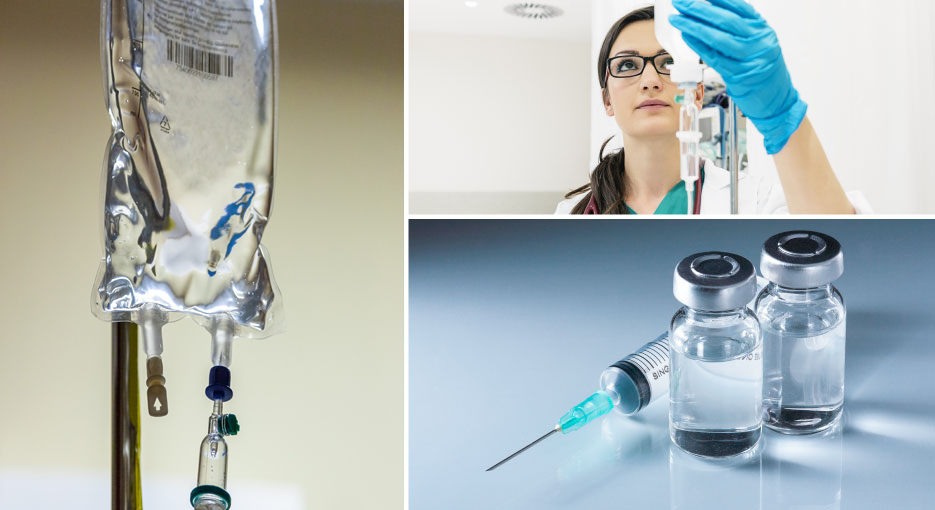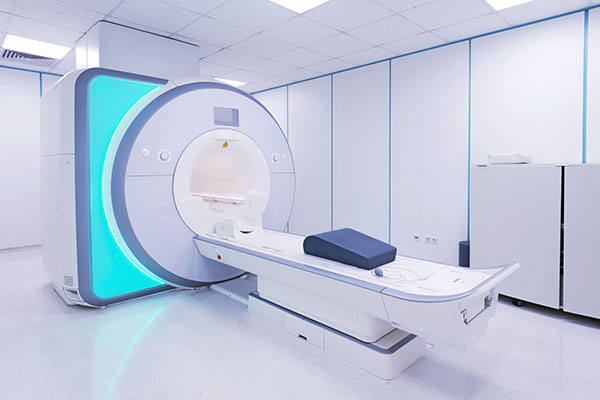Water for injection using membrane technology

We are all aware that in April 2017 the European Pharmacopeia’s (EP) revised monograph for Water for Injections (0169) became effective. This moved the EP closer to the US Pharmacopoeia (USP) and Japanese Pharmacopeia to allow the use of other methods for production of WFI, no longer specifying distillation as the only means of production.
What has changed, and is this a “new” way of producing WFI?
When the EP introduced the water quality specification of “Highly Purified Water” (HPW) in 2005, we were permitted to produce HPW via membrane technology. HPW has the same quality attributes as WFI, so in fact, we have been producing WFI via membrane technology under the guise of HPW since 2005.
This said, there still seems to be a reluctance amongst many organisations to “take the leap” and adopt membrane technology as a way of producing WFI, as there is a common assumption that this is a new methodology and more evidence is still required to prove that it is a safe and reliable method.
The topic has been discussed for many years and it continues to be discussed, it was and it still is believed that there is insufficient evidence, the fact is though, we have credible evidence available from 2005 that does provide solid proof that membrane technology is safe, reliable and an effective way of producing WFI with very little risk.
The new monograph also states that whatever method of production is used, validated procedures and in-process monitoring of conductivity, along with regular monitoring of Total Organic Carbon (TOC) and microbial contamination should be applied.
We are fortunate that we live in an era where online monitoring is more reliable than ever, and we can monitor more parameters in “real time”. TOC online monitoring is commonplace these days, and online microbial monitoring technology is also now readily available, giving additional security for any system.
Users are now able to select a method of production to suit the requirements of their manufacturing process, but how does a user choose the correct system?
There are many points that need to be considered when choosing a system, and drivers will differ vastly depending on the type of company and their location. Considerations such as cost of utilities, water, steam etc. are obvious things to look at, but also, what temperature is the WFI being used? Hot, cold or a mixture of both? Is CAPEX more important than OPEX or vice-versa?


The decision could be as simple as, if the WFI is needed hot, then produce it hot, in which case a multi-effect still like a Puretech AquaZero still will be the solution, but if cold WFI is required, then a Puretech GENESYS WFI system, which uses membrane technology, could be the preferred solution.
Whether the choice is AquaZero or GENESYS, it will be coupled with a WFI storage and distribution system, using either regular hot water sanitisation or a continuous ozone sanitisation system, providing robust production of WFI and the appropriate online monitoring equipment to give peace of mind that the quality is of the required specification.
Support and advice are available, and at Puretech Process Systems we have the knowledge and expertise to support and assist you in making the right decision for your specific requirements. To discuss your requirements please contact us.




